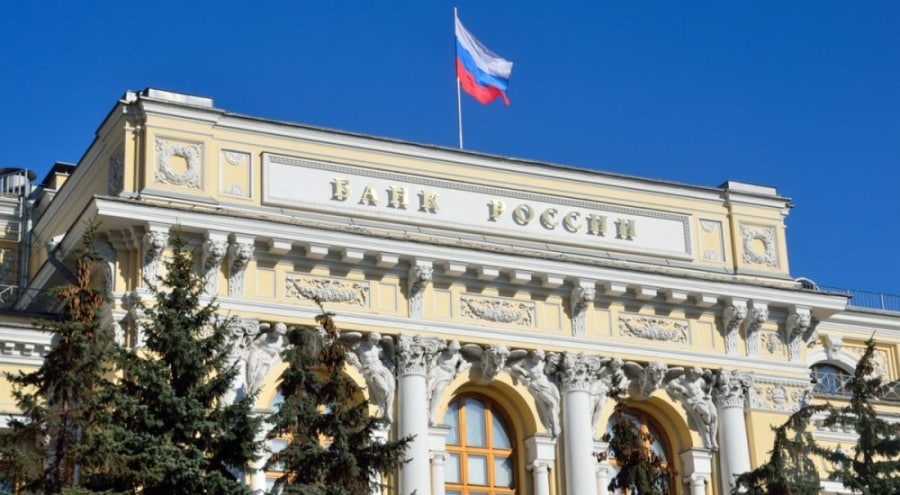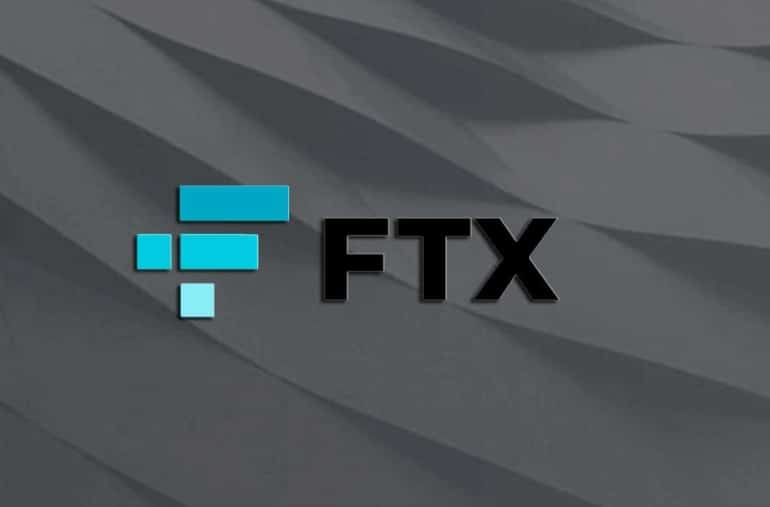Russia could develop more detailed rules for taxation of utility tokens and digital securities , but the country already provides a sufficient regulatory structure to establish a legitimate market for digital assets, according to the country’s chief financial regulator in a new consultative report released on Monday.
The paper suggests that digital assets may be regulated similarly in situations where they have comparable features to traditional securities. To counter this, the research suggests developing a new regulatory system, distinct from the one now in place for the securities market if the underlying technology permits the management of consumer risks.
In summary, the paper deals with digital assets issued in Russia under the 2020 digital assets legislation. This paper also proposes guidelines for tokenizing precious metals, debt, securities, and stones, creating NFTs that verify property rights, and more precise regulations surrounding the taxing of utility tokens and digital assets.
The Purpose Behind the Regulation
Digital asset trading was proposed by the Bank of Russia to be integrated with existing stock market mechanisms. The paper recommends that regulations for entering the digital assets market be unified with those for the traditional securities markets, allowing unqualified individuals to participate in both up to an annual maximum of 100,000 rubles ($1,640) provided they pass a test of their financial literacy.
The regulator also recognizes the need to establish rules for introducing digital assets produced in other countries into the Russian market, but only those that “comply with the quality standards,” meaning they have an issuer and some backing.
The need for oversight of smart contracts is also highlighted in the paper. The Bank of Russia will accept comments on the report until December 7th.





